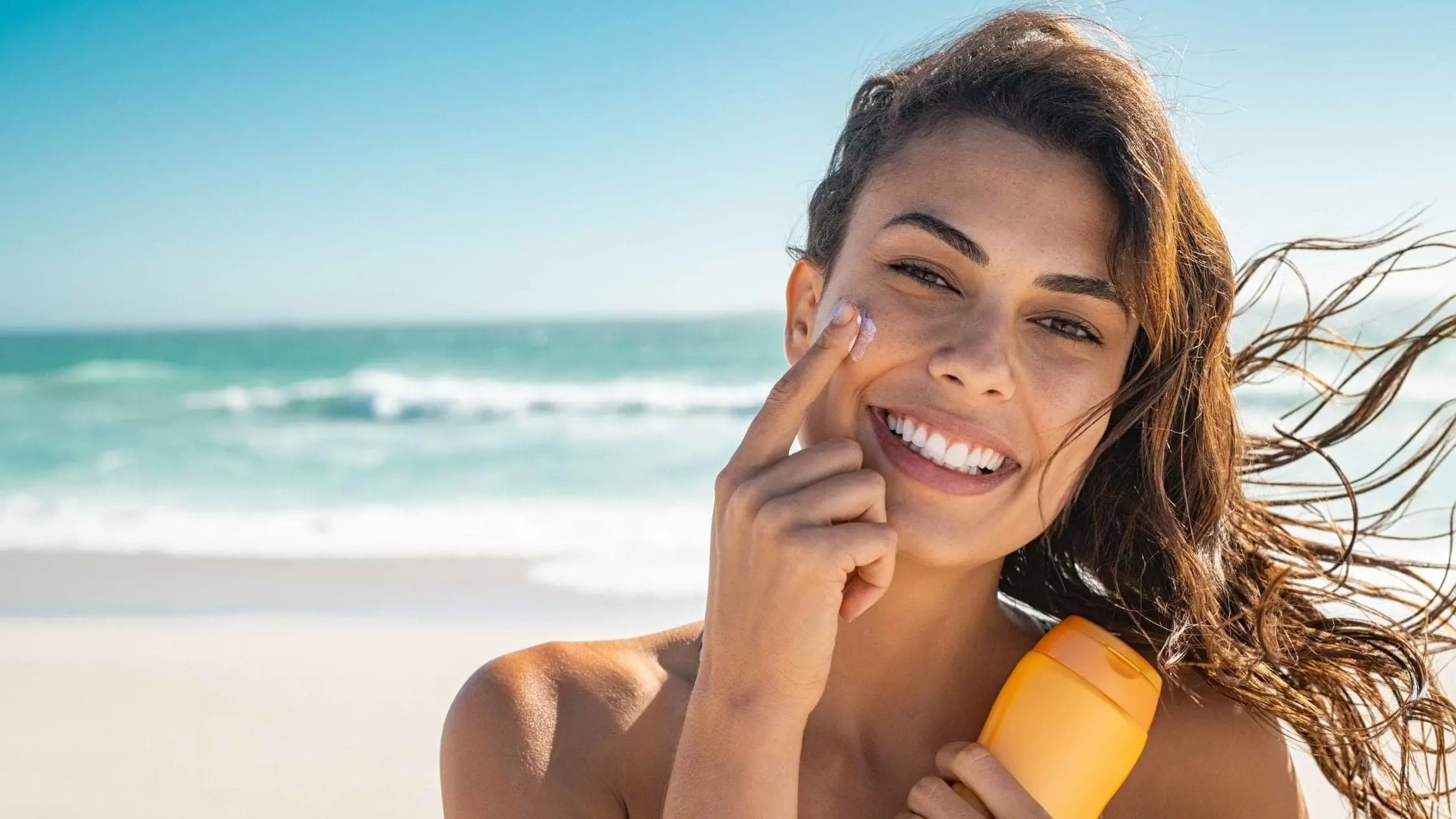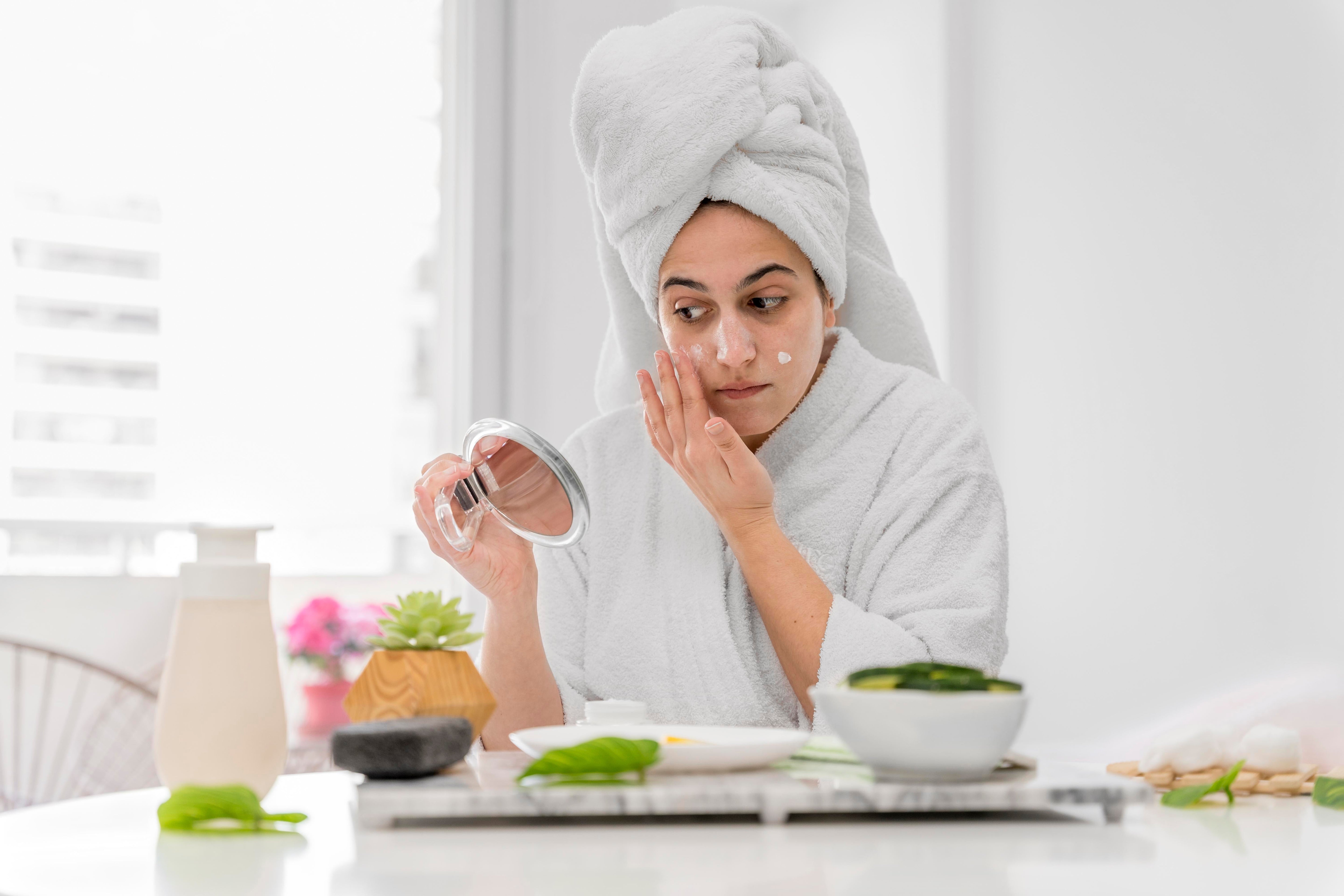
SPF vs PA: Understanding Sunscreen Labels
SPF vs PA: Understanding Sunscreen Labels - When it comes to skin care, the need for sun protection is a year-round one and not just a seasonal one. Knowing how to pick the best sunscreen is necessary, whether you're working inside and getting intermittent UV exposure or taking a stroll in the sun while in the desert. SPF and PA, two of the most popular terms written on many sunscreen labels, can often be confusing, but they are important to know to keep your skin healthy and protected.
At Skya Arabia, we believe it is essential to educate our community on informed skin care decisions, in addition to offering high-quality cosmetics. In this article, we will address the guidelines for making an informed decision about the best sunscreen for your skin. This will include a breakdown of SPF and PA ratings.
What Is SPF? (Sun Protection Factor)
Sun Protection Factor or SPF, is a measure of how well a sunscreen protects your skin from UVA radiation. UVB rays are responsible for sunburn and, over time, skin cancer.
- SPF 15 blocks about 93% of UVB rays
- SPF 30 blocks 97% of UVB rays
- SPF 50 blocks 98% of UVB rays.
While SPF 100 may seem like double the protection of SPF 50, the amount of protection is really not that much. More important is how carefully and consistently you apply it. Arabia's Sky Recommendation: Use sunscreen with an SPF of 30 or higher at all times, especially if you live in a hot, sunny location such as the Middle East or are outside a lot.
What Is PA? (Protection Grade of UVA)
The PA rating system measures a sunscreen's ability to block UVA radiation, in contrast to SPF, which is a measurement of UVB rays. UVA rays cause dark pigmentation, long-term damage, and accelerated aging because they penetrate deeper into the skin. The PA rating system originated in Japan and uses plus signs:
- PA+: Some protection from UVA
- PA++: Moderate protection
- PA+++: High protection
- PA++++: Very High Protection
Damage from UVA is not always visible, but the effects can last a very long time.
Skya Arabia Insight: UVA penetrates glass and is present on cloudy days. Hence, PA protection is very important when driving and/or indoors.
SPF vs PA: The Key Differences
|
Feature |
SPF (Sun Protection Factor) |
PA (Protection Grade of UVA) |
|
Protects From |
UVB rays (sunburn, cancer risk) |
UVA rays (aging, pigmentation) |
|
Measured By |
Numeric value (e.g., SPF 30) |
Plus signs (e.g., PA+++) |
|
Immediate Effects |
Prevents sunburn |
Prevents tanning and aging |
|
Long-Term Effects |
Reduces the risk of skin cancer |
Reduces wrinkles and discoloration |
|
Reapplication |
Every 2–3 hours recommended |
Every 2–3 hours recommended |
Why You Need Both SPF & PA in Your Sunscreen
- Even when the sun's rays are not glaringly apparent, UVA and UVB radiation can still reach your skin every second of the day.
- UVA radiation penetrates deeper into the skin and breaks down collagen (effectively aging skin), while UVB radiation burns the surface of the skin.
- To fully protect your skin, you would need a broad-spectrum sunscreen that has both SPF and PA protection.
A few real-world examples:
- At the beach? You're going to need a high SPF and high PA reaction to counteract extreme UV exposure.
- By a window at work? The UVA rays are still going to age your skin even if you're not burned.
- Overcast day? You are still exposed to up to 80% of UV radiation.
Note: To ensure protection from both UVA and UVB rays, always choose sunscreens labeled as "broad-spectrum."
How Skya Arabia Formulates Sunscreens
At Skya Arabia, our sunscreens are fundamental skincare products meant for daily use in the Middle East, and not only are they sunblock.
What makes our sunscreens different:
- Broad-spectrum protection with balanced SPF and PA ratings
- Light-weight, non-greasy options for all skin types
- Moisturising agents and antioxidants for healthy skin
- Dermatologically tested for efficacy and safety
Our formulations protect without clogging pores and causing breakouts, whether you are combating humidity or the dry desert heat.
Choosing the Right Sunscreen for Your Skin Type
The sunscreen that works best for you will probably be different than what your friend uses. Here is how to choose according to your needs:
-
Oily or acne-prone skin: Look for a sunscreen with a matte finish that is gel-based.
-
Dry skin: Look for sunscreens with moisturizing ingredients, such as hyaluronic acid.
- Sensitive skin: Use a mineral-based sunscreen that is made up of titanium dioxide or zinc oxide.
Application Tips for Best Protection
If sunscreen is applied incorrectly, it won’t matter how excellent it is!
- Use about two finger lengths of sunscreen.
- Apply sunscreen 15 to 20 minutes before exposure.
- Apply every 2 to 3 hours, especially after swimming or sweating.
- Don’t forget the commonly neglected parts of the hands, feet, neck, and ears.
Frequently Asked Questions About SPF vs PA: Understanding Sunscreen Labels
Question 1. Does SPF 50 provide twice the protection of SPF 25?
Answer. Not exactly, SPF 25 blocks about 96% of UVB light, while SPF 50 blocks 98%. The difference is minimal, so rather than focusing on high SPF, you should reapply it more often.
Question 2. Can I skip sunscreen on cloudy gray days?
Answer. No, because clouds can block only about 20% of UV light, which is why it is always recommended that you wear sunscreen every day, even on cloudy days.
Question 3. What is the difference between SPF and PA?
Answer. The key difference between SPF and PA is that SPF measures UVB protection, which protects your skin from sunburn, while PA measures UVA protection, which protects from long-term skin damage and premature aging.
Question 4. How to choose the right sunscreen for your skin type?
Answer. To choose the right sunscreen for your skin, you should consider your skin type, lifestyle, and specific needs. Look for a broad-spectrum protection with an SPF of 30 or higher.








